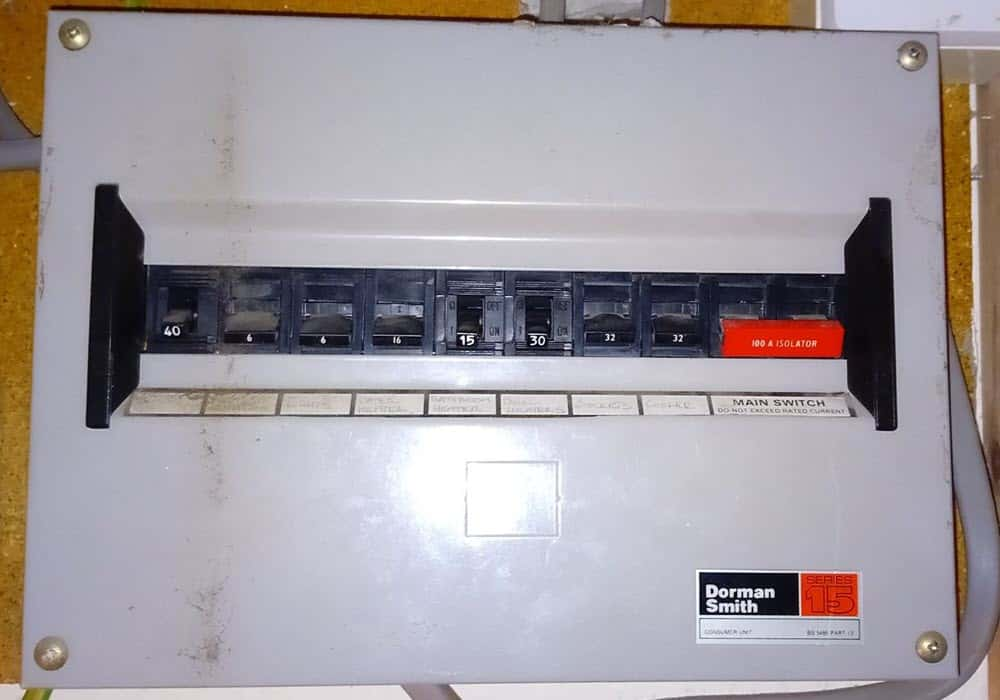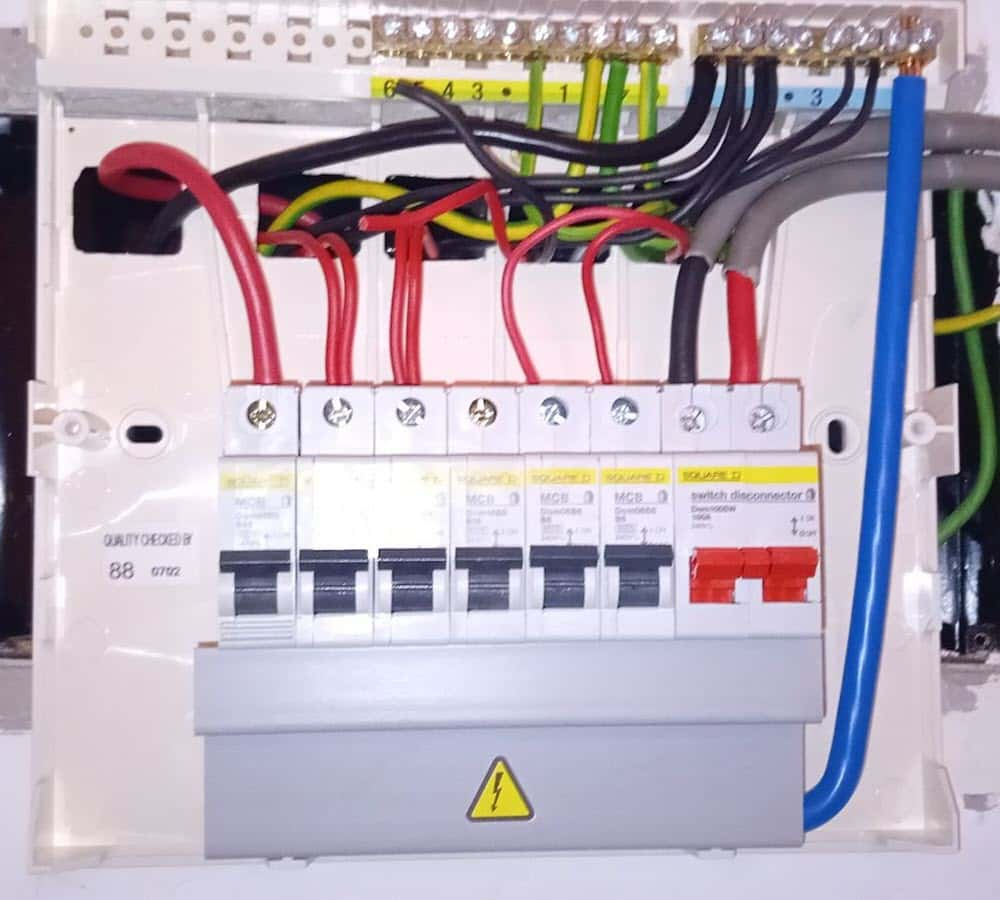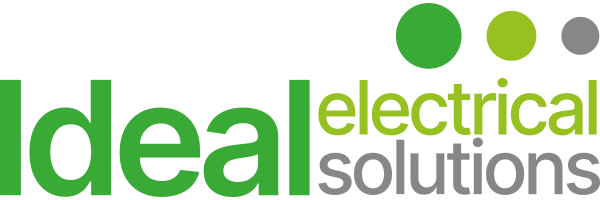An Electrical Installation Condition Report (EICR) tests the safety and condition of a property’s electrical systems, ensuring they comply with the standards required for rental or residential use. Part of the EICR process involves identifying fault codes, with C3 faults highlighting areas where improvements can be made.
This page forms part of our guide to EICR fault codes and follows on from the recent pages on C1 codes and C2 codes.
What is a C3 code in an EICR? Recommended improvements
A C3 EICR fault code indicates a condition that does not comply with current safety standards but is not immediately dangerous. These are recommendations to improve to the electrical safety of your property.
EICR C3 meaning and definition
A C3 code EICR signifies that there is a condition that could be improved but does not pose an immediate risk. The presence of a C3 on an EICR suggests that the installation could be upgraded to better meet current standards, please note this is not a requirement.
Why addressing C3 faults is beneficial in the long run
While C3 fault codes do not make an EICR unsatisfactory, addressing these issues is worth considering. Improving these conditions can increase the safety, efficiency, and longevity of the electrical installation, ensuring it remains compliant with the latest standards. We recommend making incremental upgrades over the years to spread out the cost. As regulations evolve, implementing all required changes at once can be costly. By upgrading gradually, you can ensure compliance without facing a significant financial burden all at once.
Do C3 faults fail an EICR?
No, C3 faults do not cause an EICR to fail. They are recommendations for improvements rather than urgent remedial actions. However, addressing these issues can improve overall safety.
Common C3 faults
See below for an example of an old consumer unit that has not been modified since its initial installation. Consequently, it has been assigned a C3 rating upon completion of the EICR and we would recommend upgrading to a modern consumer unit (as the current one provides minimal protection against electric shock).

Older consumer units:
Older consumer units, even if they are still functioning properly, may lack modern safety features and can be classified as a C3 fault code under current electrical safety regulations.
This indicates that while they do not pose an immediate danger, there is room for improvement. Upgrading to a modern consumer unit equipped with residual current devices (RCDs) and circuit breakers, will significantly increase the overall safety and reliability of your electrical system.
No surge protection device:
The absence of a surge protection device (SPD) in your electrical installation is classified as a C3 fault in an Electrical Installation Condition Report. Although this condition is not immediately dangerous, it is strongly recommended for improvement.
SPDs are crucial for protecting your electrical system and connected devices from voltage spikes caused by lightning strikes, power surges, and other transient overvoltages. Installing an SPD can prevent potential damage to your electrical system and appliances.
Inadequate labeling of the consumer unit:
Correct labeling is crucial for identifying circuits and understanding the sequence of MCBs or RCBOs of the electrical system. Without clear labels, it can be challenging to perform maintenance, troubleshooting, or emergency interventions safely and efficiently.
While this issue does not pose an immediate danger, it is recommended to improve the labeling to ensure that each circuit is clearly marked and easily identifiable.
Examples of C3 faults in an EICR
Seeing some examples of C3 faults should helps property owners and landlords to understand the areas where improvements could be made to the electrical setup.
See below for a photo of a fuse board that failed an EICR due to its lack of IP rating, absence of RCD protection, and incorrectly sized meter tails.

Absence of RCD protection on circuits:
While not immediately dangerous, the absence of RCD protection on your fuse board on certain circuits is a common C3 fault.
Adding RCD protection will increase safety by reducing the risk of electric shock – having your lighting circuit in your living room non protected would be considered a C3 code.
Use of outdated cable colours:
Older electrical installations often feature outdated cable colors that do not meet to current safety standards. While these older color schemes might not pose an immediate hazard, they can lead to confusion and potential risks during maintenance or upgrades.
To bring the wiring up to modern standards, a complete home rewire of the property would be necessary. However, in many cases, a full rewire might not be required unless there are underlying issues or significant renovations planned.
Lack of supplementary bonding:
While the main bonding in your property might be adequate, supplementary bonding in critical areas such as bathrooms could be insufficient. This lack of supplementary bonding can compromise safety, especially in environments where moisture is present.
If your property’s electrical system does not comply with the latest regulations, you may need to install additional earthing conductors to ensure comprehensive protection against electrical shocks.
Improving C3 faults for better compliance and safety
Addressing C3 EICR faults and codes is a proactive way to improve the electrical safety of a property. By making these recommended improvements, property owners can ensure that their installations are not only safe but also in line with the latest standards and best practices.
Legal obligations for Landlords regarding C3 codes and faults
Although C3 EICR fault codes do not legally require immediate action, landlords are encouraged to address these issues to ensure the best level of safety for tenants. Proactively improving these conditions can also prevent minor issues from becoming significant problems in the future.
Conclusion
C3 EICR fault codes indicate conditions that do not comply with current safety standards but are not immediately dangerous. The presence of a C3 suggests that the installation could be upgraded to better meet current standards – basically C3’s are recommended improvements but aren’t mandatory immediately.
For more information on our EICR tests and how we can help you maintain a safe electrical installation visit our EICR page.
If you have any questions, please feel free to contact us on 0131 258 2750.
We hope this article has been useful – do let us know if you’ve found it helpful.
All the best
Mark and the IES team.


Great article! I really appreciate the clear and detailed insights you’ve provided on this topic. It’s always refreshing to read content that breaks things down so well, making it easy for readers to grasp even complex ideas. I also found the practical tips you’ve shared to be very helpful. Keep up the good work!
Hi I have a rental property my EICR certificate is due now
My consumer unit is plastic under the stairs case
Electician says now I need a metal unit that’s a new law
Please advise is it right ??
Every thing working well
Hi Mayur
A metal consumer unit isn’t exactly mandatory – please see here for a more detailed answer, https://www.ies-edinburgh.co.uk/news/eicr-for-landlords-scotland/#eicr-plastic-anchor .
John @ IES